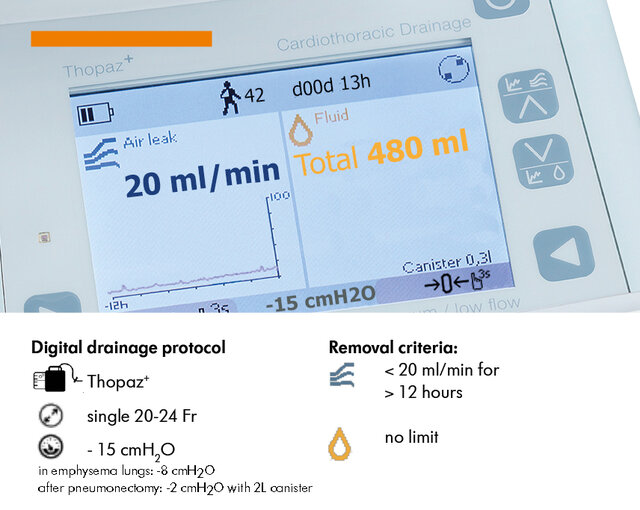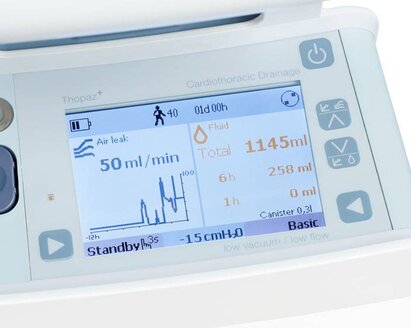
Chest Drainage
Medela has set new standards with Thopaz+ for healthcare professionals to make informed decisions based on precise drainage data

Professional Vacuum Systems
Looking for professional vacuum solutions? Medela offers tailored solutions in fluid collection, surgical and airway suction and vacuum assisted delivery.

Chest Drainage
Medela has set new standards with Thopaz+ for healthcare professionals to make informed decisions based on precise drainage data

Professional Vacuum Systems
Looking for professional vacuum solutions? Medela offers tailored solutions in fluid collection, surgical and airway suction and vacuum assisted delivery.











